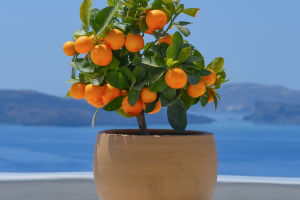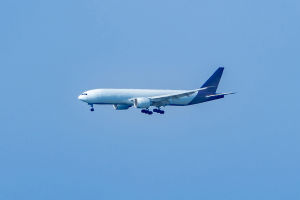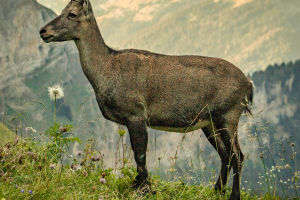Zayn National Park is an American national park located near Springdale, Utah, in the southwestern United States.
The main attraction of the 229-square-mile national park is Zayn Canyon. It's 15 miles long. And it's half a mile deep. Its red and tan Navajo Sandstone is divided by the northern branch of the Virgin River. Other notable features include large white thrones, checkerboard mountain walls, Kolob Arch, and Virgin River Narrows.
The geology of the Zayn and Korb Canyon zones contains nine layers of rock that were deposited 150 million years ago during the Mesozoic era. At various times during this period, warm currents, shallow seas, small rivers, ponds and lakes, numerous deserts, and an inshore environment of dry baths covered the area.
Uplifting movements associated with the formation of the Colorado Plateau caused the area to rise over 10,000 feet starting 13 million years ago.
Humans first inhabited the area about 8,000 years ago, when there were only a small number of Native American families. One of these families became the Anasazi of the semi-nomadic basket weaving period in 300 AD.
As their nomadic life declined, the people settled near the Vichen River in 500 AD. Another person, Parowan Fremont, also lived here. Both peoples mysteriously disappeared around 1300 AD and were replaced by the Parrusits and a few other southern Paiute subgroups.
Mormons discovered the canyon in 1858 AD and settled it in the early 1860 AD. The Mukuntuweap National Reserve was established in 1909 to protect the canyon, and in 1919 it was expanded and renamed Zayn National Park. The Kolob section was declared an independent Zayn National Reserve in 1937 and incorporated into Zayn National Park in 1956.
It is located at the junction of the Colorado Plateau, the Great Basin, and the Mojave Desert, so it has a unique geographical environment and a variety of biozones. Allowing for more unusual species of plants and animals. A total of 289 species of birds, 75 species of mammals, 32 species of reptiles, and numerous species of plants inhabit four areas of the park. Deserts, riverbanks, woodlands, and conifers.
Prominent megafauna includes mountain lions, mule deer, and golden eagles, as well as reintroduced California condors and bighorn sheep. Common plant species include Cottonwood Cactus, Juniper Pine, Boxelder, sagebrush, and many different willows.
The park is located in southwestern Utah, spanning Washington, Iron, and Kane counties. Geomorphologic description, it is located in the Markagunt Plateau and the Korb Plateau, at the junction of three North American geographical regions: the Colorado Plateau, the Great Basin, and the Mojave Desert. The northern part of the park is Corb Canyon which is accessible by Interstate 15.
The highest peak in the park is Horse Ranch Mountain, with a peak of 8,726 feet. The lowest point is a Coal Pits Wash at 3,666 feet above sea level, creating a rise and fall of about 5,100 feet.
The source of the Vichen River is 9, 000 feet, and it flows to the southeast 200 miles from Lake Mead. It is 8, 000 feet below its source. This gives the Lichen a slope of 50 to 80 feet per mile. This is one of the steepest streams in North America.
America's 59 national parks, ranging from rocky coasts to flowing deserts to winding canyons, have been a popular vacation destination for generations. However, with unprecedented numbers of tourists visiting national parks, many of them are failing, and environmentalists are concerned about the consequences of over-attendance.
Therefore, Zion National Park officials announced they were considering doing something no national park has done before: requiring visitors to make reservations in advance to enter the park.


